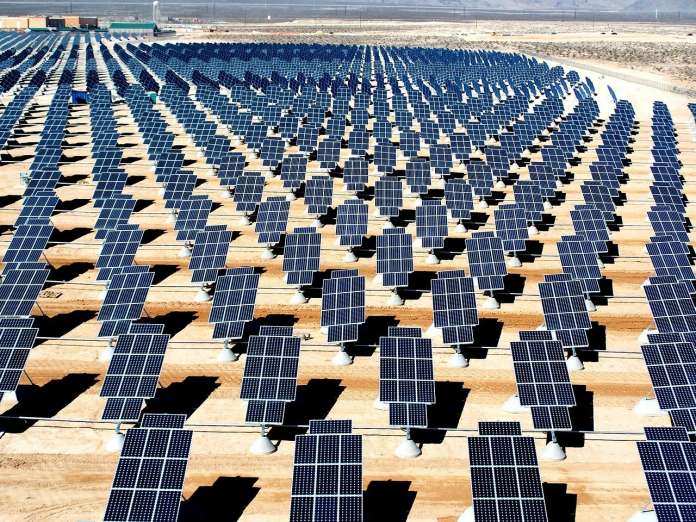The EU generated a record 12 per cent of its electricity from solar from May to August 2022, helping to avoid a potential 29 billion euros in fossil gas imports, found energy think tank Ember.
The EU generated a record 12 per cent (99.4 TWh) of electricity from solar power – up from 9 per cent (77.7 TWh) last summer, surpassing the share of wind (12%) and hydro (11%) in the power mix, according to Ember’s latest figures.
Solar share records were broken in 18 out of 27 EU countries. The largest increase in solar generation since 2018 was in Poland, which increased solar generation 26 times, followed by 5-fold increases in Finland and Hungary.

Without this, the EU would have had to purchase another 20 billion cubic metres (bcm) of fossil gas, which – based on the daily gas prices for May to August – equates to avoided gas costs of 29 billion euros.
“As Europe is rocked by the gas crisis, solar energy brings some much-needed relief,” said Paweł Czyżak, Senior Energy & Climate Data Analyst at Ember adding that investments in solar capacity have paid off and every terawatt hour of solar electricity helped reduce the EU’s gas consumption, saving billions for European citizens.
“It’s clear that we need as much solar power as we can get,” he emphasised pointing out that the EU Parliament has the perfect opportunity for this by adopting the 45 per cent renewable energy target and putting Europe on a pathway towards 600 GW of solar capacity or more by 2030.
“Every megawatt of energy generated by solar and renewables is fewer fossil fuels we need from Russia,” underlined Dries Acke, Policy Director at SolarPower Europe noting that solar offers direct energy price relief to European households and industries. “As European leaders are looking at emergency measures to this unprecedented gas crisis, they must look at adopting national solar roll-out programmes now, using the funds available under the Recovery and Resilience Facility.”
Ember pointed out that in order for solar capacity and generation to match necessary ambition by 2030 — as well as REPowerEU targets — this rate of deployment must continue. However, a recent analysis shows that projections for the upcoming years fall short of the goal, with annual capacity additions in 2026 meeting only 46 per cent of the value required under 1.5C pathways. Ember said that this was largely due to permitting bottlenecks, with several countries exceeding the legally binding limits of project development times and warned that these barriers need to be addressed for solar to keep growing.





